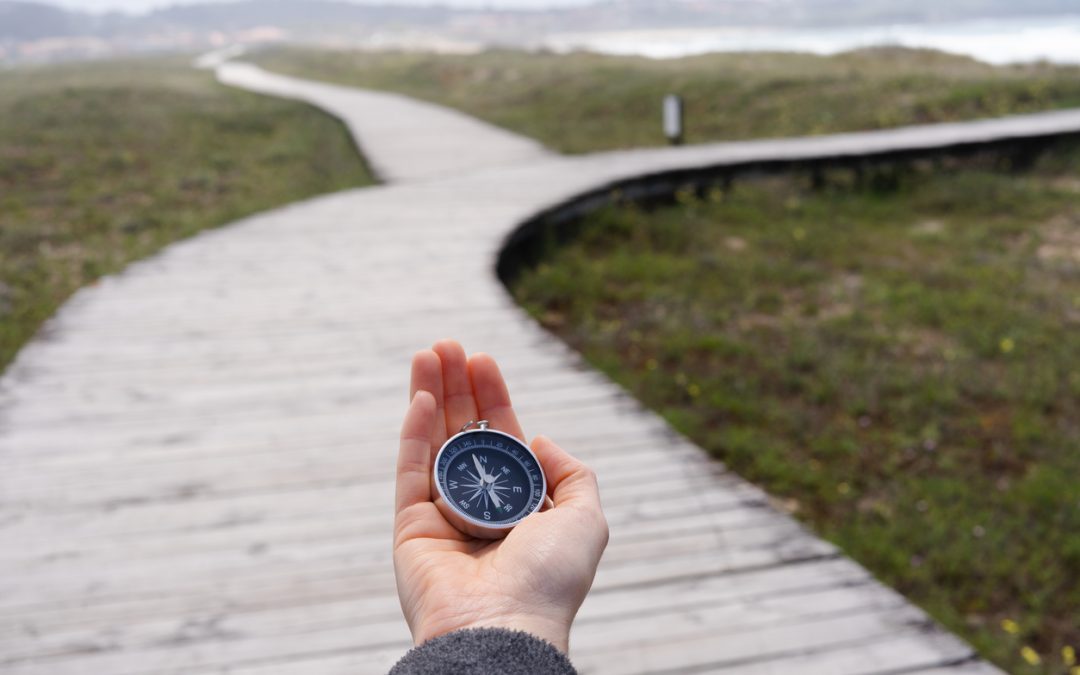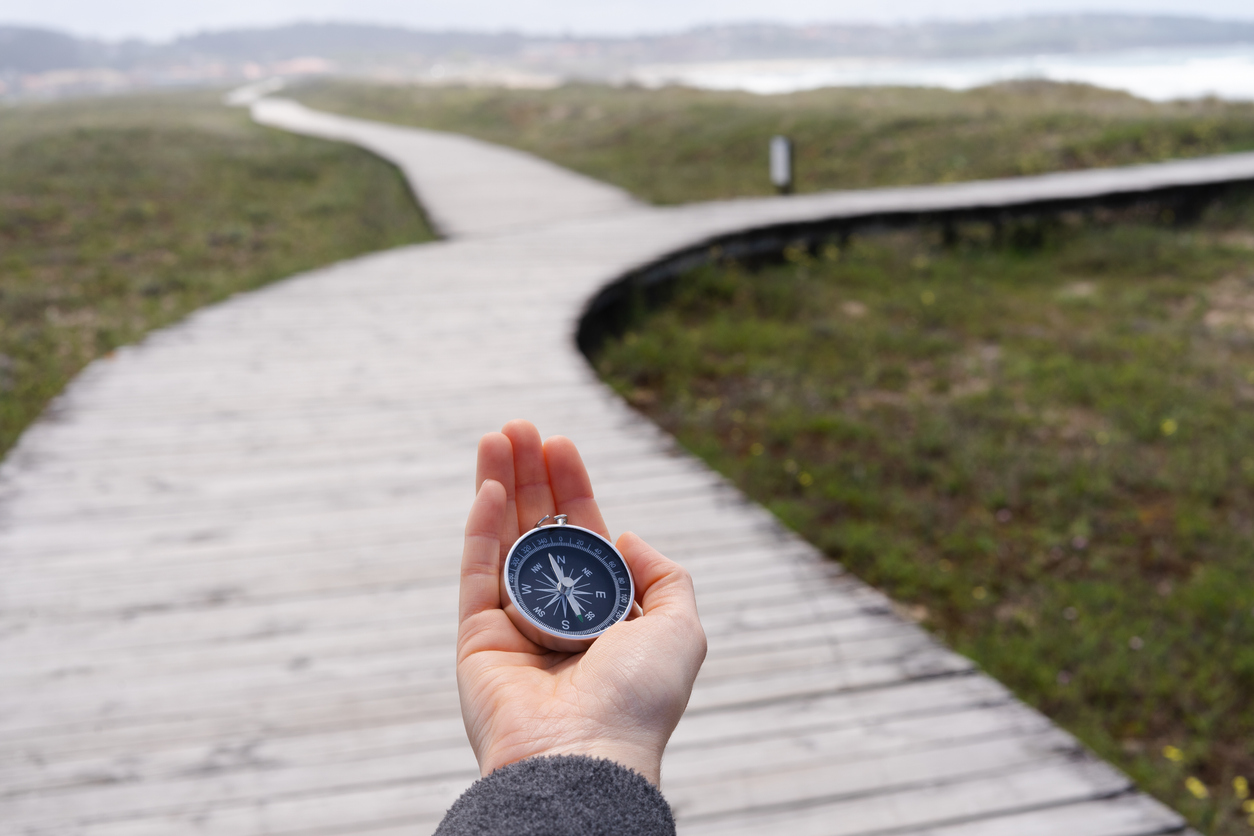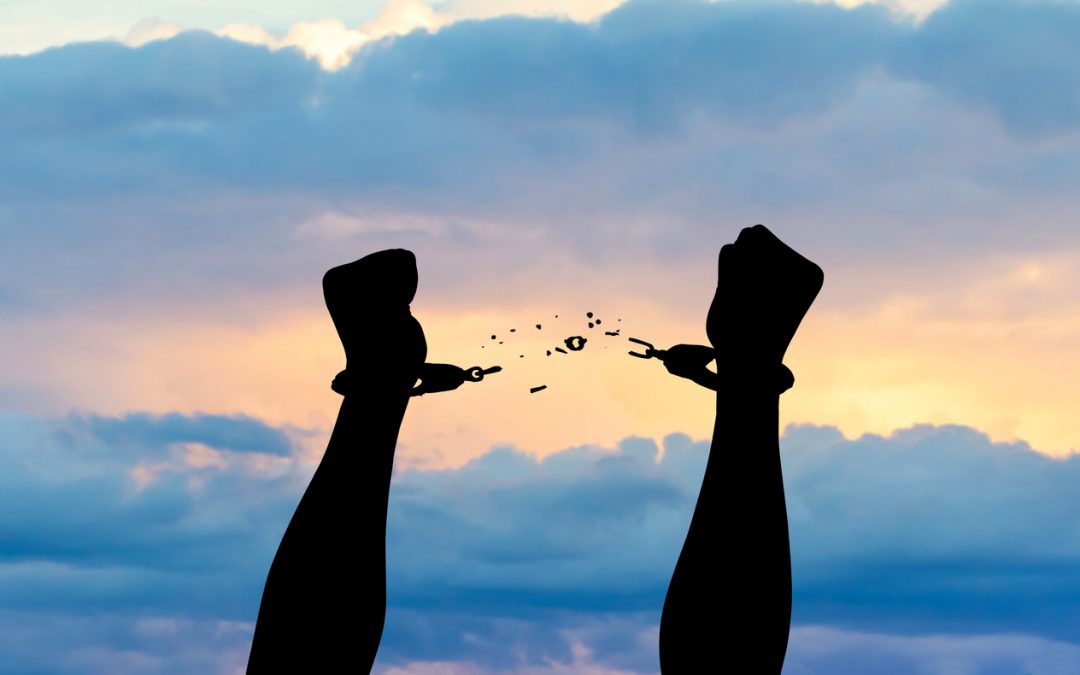
Surrender or Give Up? How to Use Failure as an Alignment Compass
Surrender or Give Up? How to Use Failure as an Alignment Compass
“Should I keep going, or is it time to let go?”
This is one of the most tender questions failure brings.
Surrender and giving up can look similar from the outside, but they are very different postures of the heart.

The difference in one line
- Giving up abandons a true desire because fear or shame got loud.
- Surrender releases what’s misaligned so energy can flow toward what’s real.
The Alignment Compass
When you hit a wall, try these four waypoints:
- Desire – Do I still authentically want this? Not the status, not the approval—the thing itself.
- Integrity – Can I pursue this without betraying my values or wellbeing?
- Capacity – What skills, supports, or timing are needed now? Am I willing to build them?
- Peace – Even in uncertainty, does moving forward (or stepping away) create deeper inner quiet?
If your answers reveal a living, honest yes -persist. Build skill. Risk another try.
If your answers reveal a heavy, defended, performative yes -release it. That’s surrender. That’s wisdom.
Letting go of the fear of loss
Sometimes life asks us to experience the loss we’re terrified of so we can discover we are still whole without the outcome. Once we know we’ll be okay, we stop gripping and paradoxically become more available to genuine success.
Ritual for a pivot (10 minutes)
- Write what you’re releasing and why it’s misaligned.
- Name the qualities you’re keeping (e.g., courage, devotion, creativity).
- Burn or tear the paper. Place a hand on your heart and speak: “I choose truth over appearances. I choose alignment over achievement.”
- Take one concrete step toward the next right thing.
Alignment—not optics—is the real measure of a life. Use failure as your compass, and you won’t get lost.
Walk deeper into this conversation with me on the Roar of Love Podcast, where we explore the luminous, practical path of living in truth.














